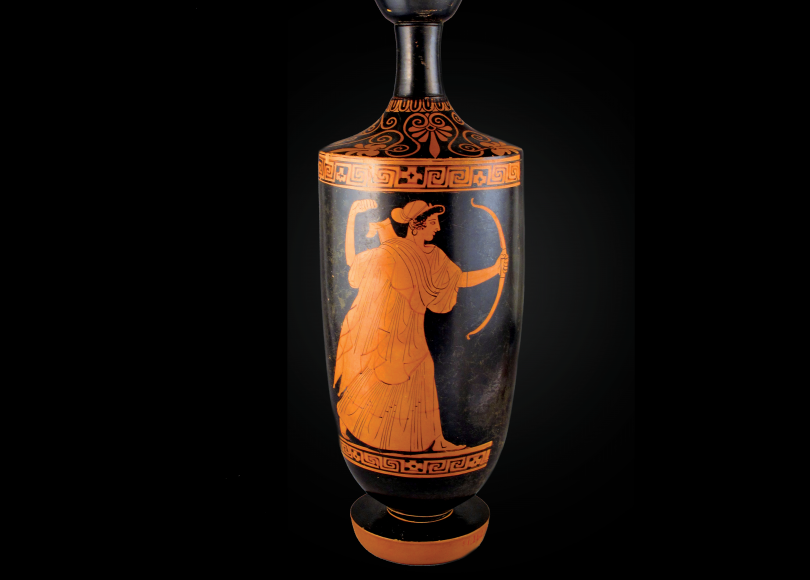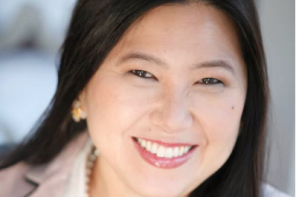As you probably know by now, we’re going back to the moon. The Trump administration has set a goal for NASA to get there by 2024. And this time, it won’t be just one small step for man — which we’ll remember on the 50th anniversary of the Apollo 11 moon landing July 20 — but one giant leap for womankind.
A woman astronaut will walk on the moon as part of Project Artemis, named for the Greek goddess of nature, the hunt, childbirth and oh, yes, the moon.
“It turns out that Apollo had a twin sister, Artemis. She happens to be the goddess of the moon,” NASA administrator Jim Bridenstine told reporters after Project Artemis’ May 13 social media announcement. “Our astronaut office is very diverse and highly qualified. I think it is very beautiful that 50 years after Apollo, the Artemis program will carry the next man — and the first woman — to the moon.”
All we can say is, what took so long? When casting about for a name back in the early 1960s, NASA thought Apollo had a nice, manly ring to it — even though Apollo was the sun god and technically Artemis’ kid brother.
It’s a measure of how far women have come — sociopolitically and financially — that a lunar mission is finally named for the appropriate (female) Olympian and will involve women astronauts. But to paraphrase the old Virginia Slims cigarette slogan, we’ve still got a long way to go. A half-century after the Equal Pay Act, a woman working full time earns 80.7 cents for every dollar a full-time male worker makes. Women’s median annual earnings are $9,909 less than men’s, according to the U.S. Census Bureau.
Perhaps more insidious — and thus more invidious — is the inequality that can’t be measured in dollars and cents. The #MeToo movement has exposed the ugly, long-held secret of the workplace: That women are often expected to play for pay. A new abortion law in Alabama — which makes no exception save for a pregnancy that endangers the life of the mother — has many wondering if women are valued as anything but baby incubators. It’s no surprise, then, that “The Handmaid’s Tale,” the Hulu TV series based on Margaret Atwood’s 1985 dystopian novel about women’s subjugation and forced childbirth in a patriarchal society, has hit such a raw nerve. But not every woman in “The Handmaid’s Tale” is oppressed. Some participate, even benefit, in the exploitation of members of their sex. And that, too, has echoes in the everyday world. Speak to women privately — away from the big events in which they talk a good game — and you’ll hear stories of insecure female bosses who do not mentor them but instead misuse and impede them. Or of backstabbing female colleagues and relatives.
Why should this be? It may be a function of being a minority. In any minority, there are members who derive their status from identifying and serving the majority. Members of a minority might also think they have to scrounge for advantage and therefore aren’t in a position to help others. This situation is compounded by the roles many women play as wives and mothers. They’re not only working for themselves but for the husbands they want to support emotionally and the children they have to nurture. They could very well see another woman as jeopardizing that.
But a crucial factor in women’s inability to help other women is their lack of leadership experience. Only 6.6 percent of Fortune 500 corporations have female CEOs. Women make up only 40 percent of managers, according to Inc.’s website, with higher numbers in people-centered companies than in production-centered ones.
“Women need to help women,” says Stacey
Allaster, chief executive, professional tennis at the United States Tennis Association. “We need men in leadership, but we need women in leadership positions, too.”
In this the goddess Artemis may be instructive. She could be implacable in the face of women and men who violated her code of conduct, turning them into wild animals to be hunted and killed. But she could also be generous and merciful, helping women through childbirth as she once did her mother and rescuing maidens from human sacrifice.
It is this face of the goddess we see in such organizations as the American Heart Association’s “Go Red for Women” campaign; Badass Women, the Stamford-based professional women’s group; the Greenwich-based Breast Cancer Alliance; Fairfield County’s Community Foundation Fund for Women & Girls; Girls Inc. of Westchester and Professional Women of Westchester — many of which you’ll read about in these pages.
They are about women helping other women — to serve humanity.





